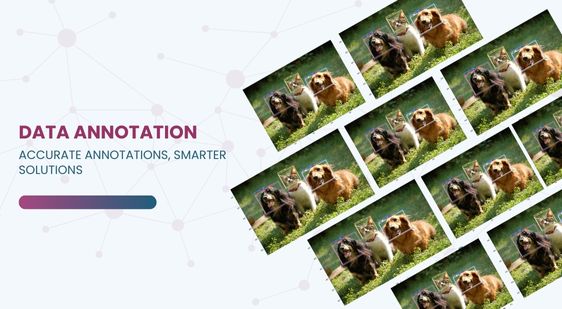
Tailored Data Annotation Services for Superior AI Training Introduction: In the fast-paced world of artificial intelligence (AI), the quality of data often determines the success of a model. While raw data is essential, it’s the annotated data that makes AI algorithms truly functional and intelligent. Data Annotation Services play a pivotal role in this process, transforming unstructured information into organized, labeled data that machines can understand and learn from. Tailored data annotation services, specifically customized to fit unique AI models and industry-specific requirements, are vital for creating high-performing AI systems. In this blog, we will explore the significance of data annotation, its various types, and why tailored data annotation services are critical for achieving superior AI training. The Role of Data Annotation in AI Development Data annotation is the process of labeling raw data—images, videos, text, audio, and more—so that AI algorithms can interpret and...
.jpg)


.jpg)


.jpg)
.jpg)

.jpg)